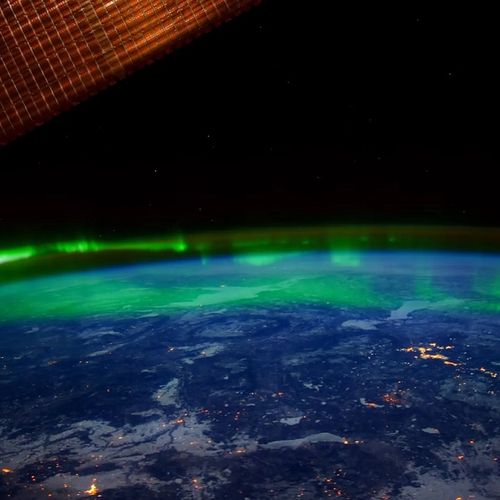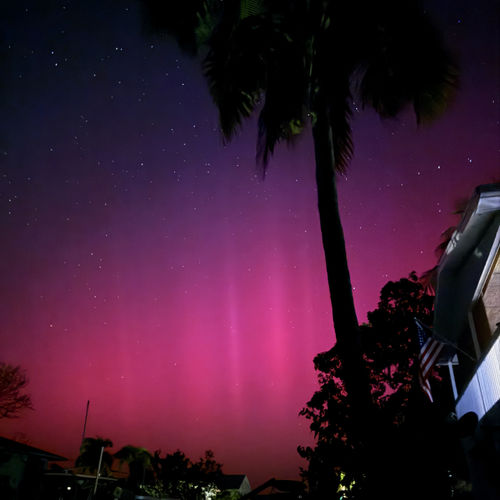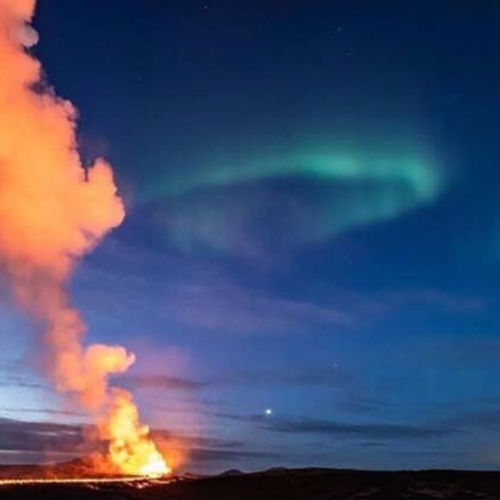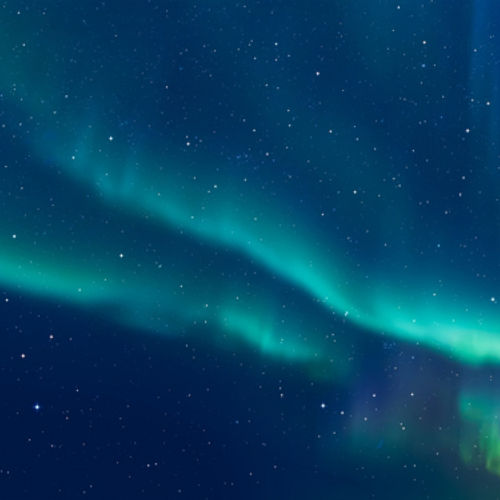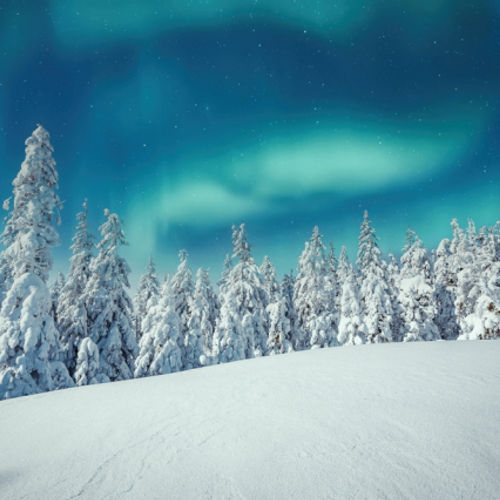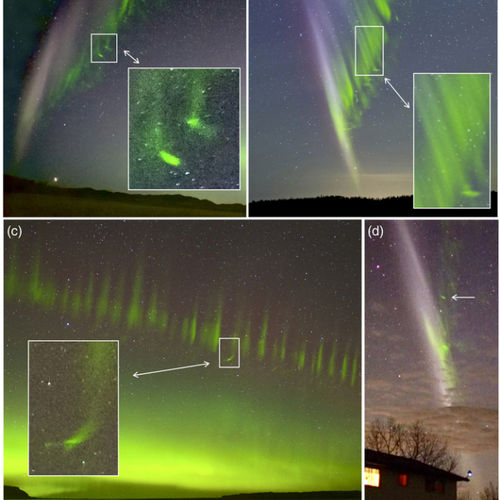
| Added | Sun, 20/12/2020 |
| Источники | |
| Дата публикации | Sun, 20/12/2020
|
| Версии |
do you know about steve? this atmospheric phenomenon is as strange as it is unexplored. we learned about it thanks to fans of auroras and scientists who study the atmosphere, but there are still many mysteries. and here is one of them. A new research paper published in the journal AGU Advances shows that the glowing purple ribbon (which we call "Steve") is often accompanied by green nuclei of light that sweep through the atmosphere at a speed of 1600 km/h.
Steve-a recent discovery, Canadian northern lights watchers first noticed the phenomenon about 10 years ago, giving it its quirky name. Despite its similarity to the Aurora Borealis, this is still not it. the violet glow is caused by hot (3000 degrees celsius) rivers of gas flowing through the earth's magnetosphere at a speed of more than 20.9 thousand km/h. This distinguishes it from the auroras, which are "lit" by energy particles from space.
According to study author Joshua Semeter of Boston University, his team studied small horizontal bands of green light under Steve, which often appear in images.
The team collected photos of the bands taken in Canada, the United States, and New Zealand. After analyzing dozens of high-quality images, the researchers realized that green stripes are not stripes. They are actually balls of gas moving horizontally across the sky. In the photos, the "green cannonballs" are smeared into stripes due to exposure. These "cannonballs" are usually 350 meters wide and are located about 105 km above the earth's surface.
Their color is pure green, unlike the aurora borealis. So, what are these cores? Semeter believes that this is a sign of turbulence — during strong geomagnetic storms, the plasma river that gives rise to Steve flows at extreme supersonic speeds. Turbulent vortices dump some of their energy into green cores. This idea may explain their pure color. Auroras are typically a mixture of hues caused by energy particles falling down through the upper atmosphere. "Rain" strikes atoms, ions and molecules of oxygen and nitrogen in a wide range of heights. From this chaotic process, a jumble of colors naturally emerges. Steve's cannonballs, on the other hand, have a single color, since local turbulence excites only oxygen atoms in a relatively small volume of space — which produces a pure green color.
Новости со схожими версиями
Log in or register to post comments

